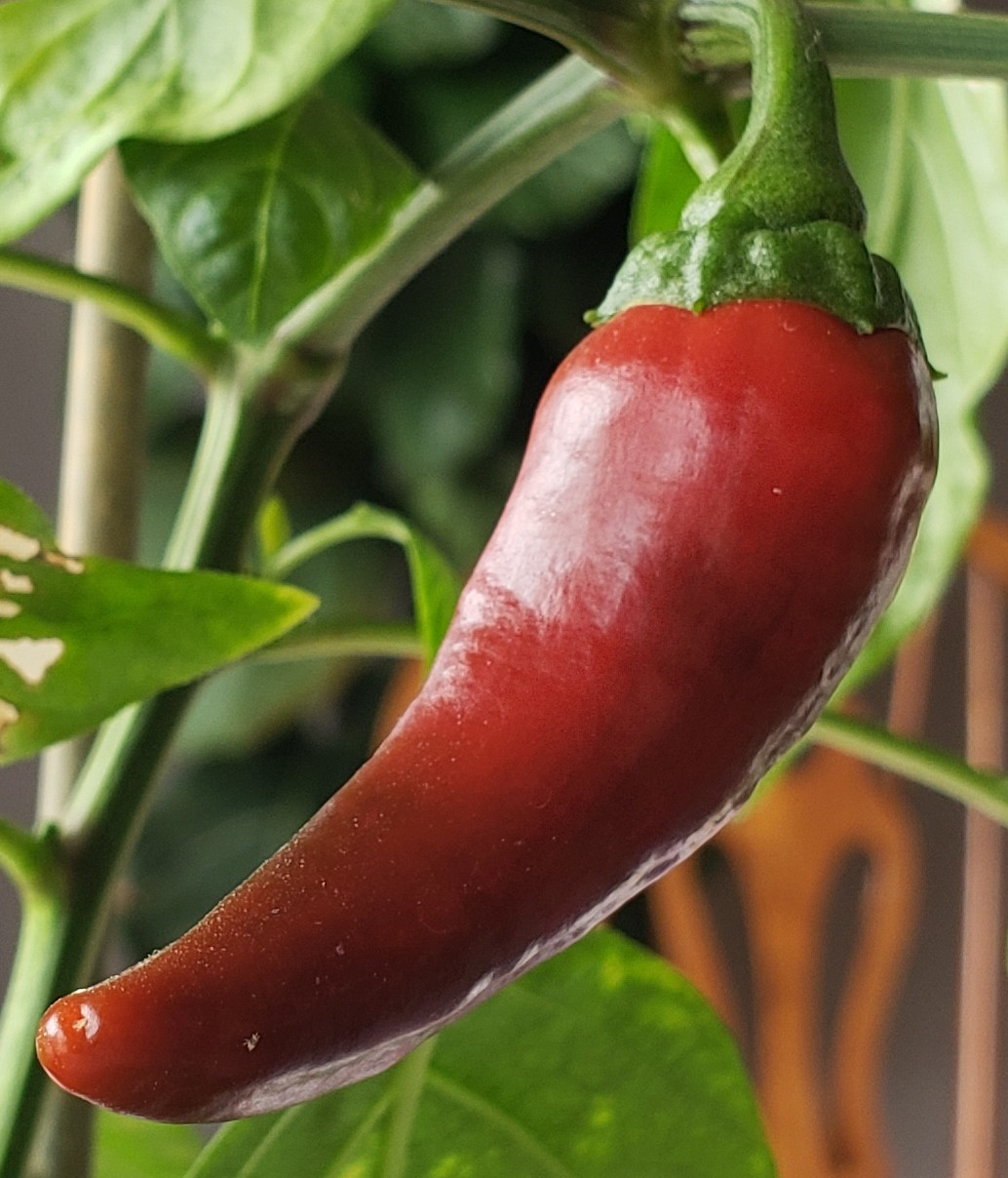Context: A couple of friends and I may be getting ownership of a pretty sizable chunk of land for free, and we've decided that we want to use that land and the buildings on it to address problems like food insecurity, as my area has the highest rates in the country. I'm not totally sure exactly how big the plot is yet, but it can already grow enough food to be self sustainable according to the current owner. It was previously used as a sustainable living project and retreat.
Our plan is to grow as much food as we can on that space, ideally using only volunteers and donated materials so that we can give it to kitchens and shelters for free. With this in mind, what can we do to maximize the amount of food we can grow in that space? We don't want to sacrifice quality for quantity, but we want to feed as many people as we can for as long as we can so quantity is very important.

This is my personal belief,opinion, with some experience as well.
There are some differences based on goal, like I would totally plant blackberries as they spread and yield plentiful berries but are j vasive so if I wanted a stewardship approach rather than quantity I would plant something a bit easier to control like gooseberry.
Seed saving is so so important, I wasnt able to get it from books had to spend a couple seasons studying the plant to get the best time to switch to seed saving and how to best harvest and store the seeds.
Making your own compost is probably more important.
There are a few books just on compost but most organic farming/gardening will have a section.
Essentially the more you turn and water the compost the faster it breaks down. Same logic behind intensive tilling of the soil, however if you do that it can throw off the microbiome of the soil in a potentially detrimental way.
I think the first year of actual planting, planning should be a good bit of initial time, should be perennial veggie like asparagus, berries, fruit/nut trees. Making guilds, a group of plants that grow well together, is a very important aspect of plan phase so you dont end up planting smtn like black walnut near your annual veg patch.
I'm a big fan of utilizing cover crop during winter and rotating peas & green beans along with ample compost & compost tea to create a no till set up.
I like to prioritize grain, legume, starch growing, then bitter greens (collards, kale, mustard green) then traditional veggie like peppers & tomatoes, finally soft greens like spinach, romaine
This is the most environmentally sound approach on this thread, and the cheapest long term, OP.